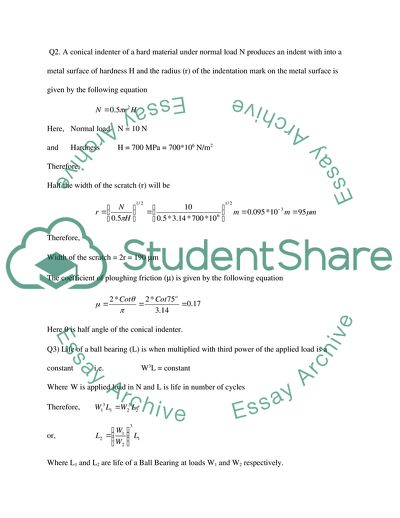Materials Report Example | Topics and Well Written Essays - 1500 words. https://studentshare.org/engineering-and-construction/1723573-materials
Materials Report Example | Topics and Well Written Essays - 1500 Words. https://studentshare.org/engineering-and-construction/1723573-materials.


